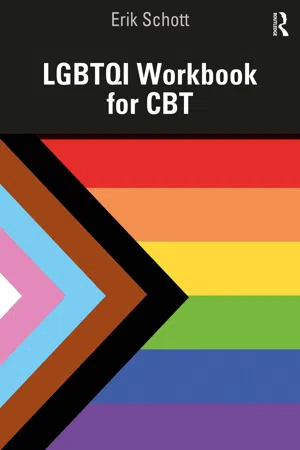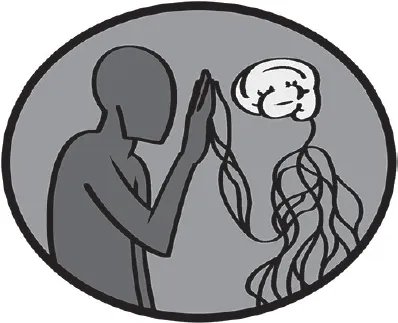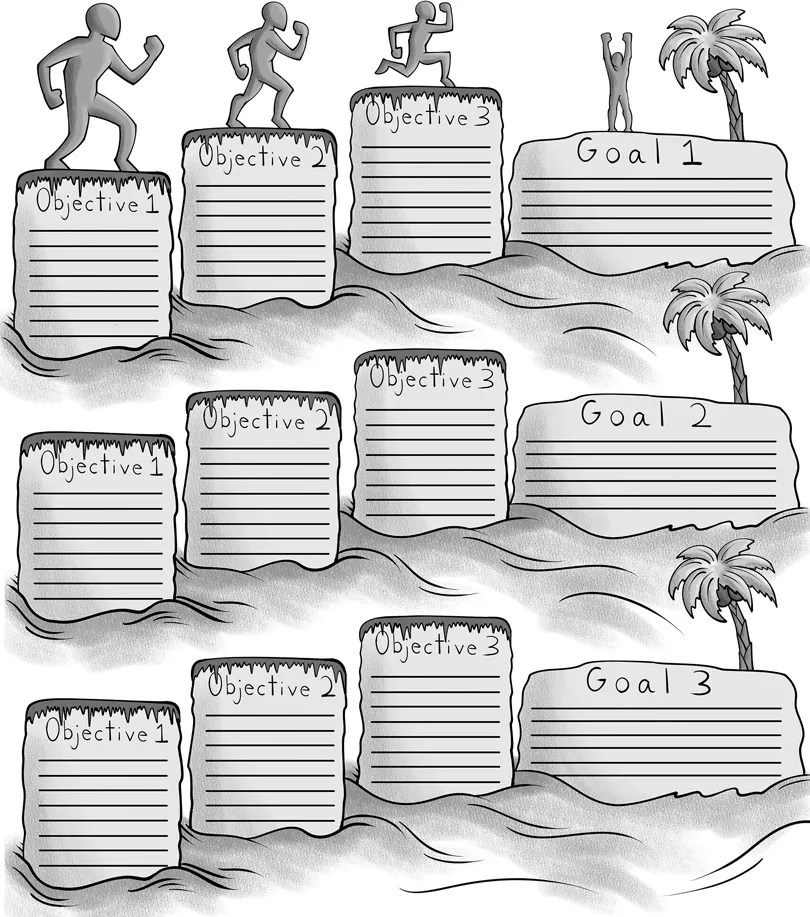
LGBTQI Workbook for CBT
Erik Schott
- 122 pages
- English
- ePUB (mobile friendly)
- Available on iOS & Android
LGBTQI Workbook for CBT
Erik Schott
About This Book
Cognitive-Behavioral Therapy (CBT) is one of the most popular evidence-based interventions in the world, but little has been done to explore how it affects different groups of people, such as the lesbian, gay, bisexual, transgender, queer, and intersex (LGBTQI) community. The LGBTQI Workbook for CBT is filled with hands-on, practical perspectives for readers who are seeking a new point-of-view or for clinicians and students seeking additional tools, competence, and humility when working with sexual and gender minorities.
The workbook focuses on skill building and addresses techniques for personal selfassessment, cognitive and behavioral activation, psychoeducation, and therapist resources. Incorporating structured learning tools to promote professional responsibility as well as ethically driven and evidence-based practices, this text aims to promote empowerment. Applied activities are available in multiple reproducible worksheets and handouts to utilize in session, in the classroom, in the field, and in life.
The LGBTQI Workbook for CBT is an invaluable resource for interested members of the LGBTQI community, beginner or experienced clinicians, and students working with sexual and gender minority clients. It is an excellent supplementary text for graduate students in social work, psychology, nursing, psychiatry, professional counseling, marriage and family therapy, and other healing professions such as medicine, acupuncture, or physical therapy.
Frequently asked questions
Information
Part 1




Firsthand Self-Assessment
- Trace an outline of your hand in the open space below (or place five images inspired by the questions below);
- Record your responses to the following questions in the spaces created from each finger within the traced outline (or record your response next to the five images).



Islands and Stones Goal Setting


Intersectionality Gem


Superhero Miracle Question
The Traditional Miracle Question (DeJong & Berg, 1998):Now, I want to ask you a strange question. Suppose that while you were sleeping tonight and the entire house is quiet, a miracle happens. The miracle is that the problem which brought you here is solved. However, because you’re sleeping, you don’t know that the miracle has happened. So, when you wake up tomorrow morning, what will be different that will tell you a miracle has happened...
Table of contents
- Cover
- Half Title
- Title Page
- Copyright Page
- Dedication
- Table of Contents
- About the Author
- Disclaimer
- Current Life Selfie
- Introduction
- Part 1: Self-Assessment Handouts and Worksheets
- Part 2: Cognitive Handouts and Worksheets
- Part 3: Behavioral Handouts and Worksheets
- Part 4: Psychoeducational Handouts and Worksheets
- Part 5: Therapist Handouts and Worksheets
- Appendix A AT Progress Note
- Appendix B Biological-Psychological-Social AT Assessment
- Appendix C Resources
- Future Life Selfie
- References
- Index